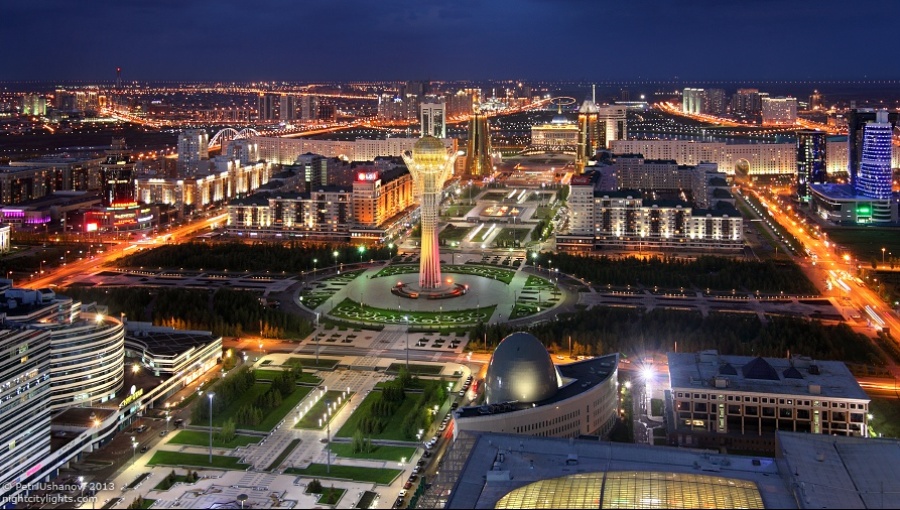World Bank’s projection for Kazahstan’s 2017 growth has been revised upwards from 2.4 to 3.7%, according to the bank’s latest Regional Economic Update “Migration and Mobility in Europe and Central Asia.”
This reflects a better than expected oil sector performance in H1 2017, driven by the commissioning of the Kashagan oil field and higher oil prices. Improved consumer confidence and higher domestic demand will drive growth in the non-oil economy, Akapress reported.
Nevertheless, the current account and fiscal balances are not expected to see improvements in 2017. The current account deficit is projected to remain elevated due to higher profit repatriation by multinational oil companies.
This outflow is partially offset as a share of these profits is reinvested as foreign direct investment back into the oil sector in Kazakhstan, boosting the capital and financial account of the balance of payments. The fiscal deficit is estimated to remain high due to the bailout of the banking sector in 2017.
Over the medium term, the GDP growth rate would hover around 3% a year, as the oil sector’s contribution to economic growth declines relative to 2017. More favorable terms of trade will drive improvements in the current account and fiscal balances. Moreover, fiscal consolidation efforts and the passing of the one off effects related to the bank bailout will help to narrow the fiscal deficit from 2018 onwards.
Finally, implementation of inflation targeting will help stabilize consumer price inflation at levels below 5% per year. As the economy recovers, labor income, the primary driver of poverty reduction, is expected to return to positive real growth.
The poverty rate is projected to decline to 6% by 2019 based on the current growth forecast. Going forward, the successful implementation of structural reforms will assist in transforming the economy and increase the growth potential of Kazakhstan.
The ongoing structural and institutional reforms under the 100 Concrete Steps program and the privatization agenda aim to reduce the role of the state in the economy and facilitate the development of a vibrant tradable non-oil economy.
Furthermore, restructuring and privatizing state-owned enterprises is expected to increase efficiency in public administration and lower the government’s fiscal risks. Prudent fiscal and monetary policies will support economic and price stability and encourage investments in the non-oil economy. Higher incomes will also have positive spillovers on poverty reduction.


